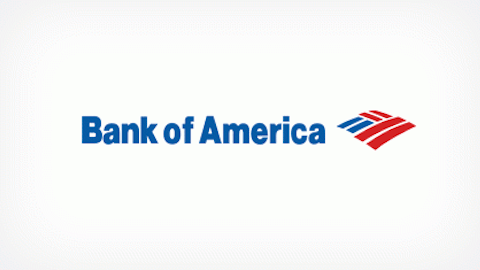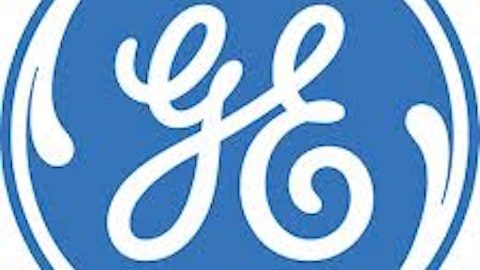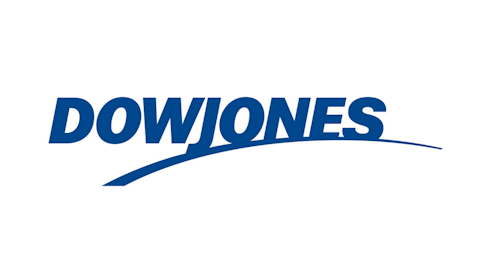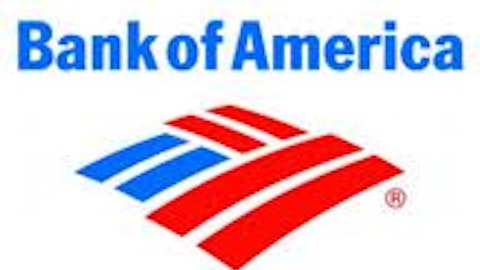Taking a Closer Look at Other Financial Industry Colleagues
Unlike many of the regional banking institutions, larger entities such as Citigroup Inc. (NYSE:C) and Bank of America Corp (NYSE:BAC) are trading a substantial discounts to book value. For instance, recently the shares of Bank of America were trading in the range of 9 times its consensus for its 2014 estimate for earnings of $1.29. Likewise, Citi is presently at 8.1 times its consensus for its 2014 $5.18 earnings per share estimate. These low valuations, though, are due in large part to the recent price volatility over the past few years – as well as to the firms’ weak overall earnings.
Bank of America, for example, over the past five years, has had a return on average assets that spanned anywhere from a negative 0.09% to 0.2%. Similarly, Citi’s return on average assets had a range of between negative 1.28% to 0.57% during that same five year time period.
Another banking industry powerhouse, Wells Fargo, is currently trading at a lower P/E ratio (10.50) than Bank of America (48.33) – even though Wells is thought to be a bit less risky for investors. Here, over the past five years, Wells’ return on average assets has steadily increased from its 2008 figure of 0.44% to 1.41%. Over the past decade, Wells has kept its number in excess of 1%.
One big banking entity that investors may wish to hold back on is JPMorgan Chase & Co. (NYSE:JPM). A reason for this has to do with recent scandals that have plagued the firm, including interest rate fixing and money laundering. In addition, the company’s chief investment officer sustained a loss of over $6 billion in just the first three quarters of 2012. This equates to JPMorgan’s largest trading loss in its long history.
Overall, global regulators have made a call for the strengthening of risk management, as well as an increased oversight – primarily in response to the many scandalous issues that JPMorgan and other of its contemporaries have been involved in. JPMorgan currently provides investors with a $1.20 per share dividend, equaling a dividend yield of 2.5%. Although based on the above issues, some analysts have downgraded the company’s shares from Buy to Hold.
The Bottom Line
Over the past few years, it seems that the big money has been made on shares of banking firms that are recovering from previous losses, as well as from the mass slowdown in lending. However, now, I feel that investors should strongly consider the “lower risk” institutions like U.S. Bancorp.
So far in 2013, U.S. Bancorp has returned 7%. This follows a stellar 21% return for 2011. And, the shares currently are trading at 2.5 times its tangible book value. The firm also possesses an estimated $3.30 earnings per share for 2014.
With U.S. Bancorp’s increasing loan portfolio, coupled with its growth in net interest income, falling credit costs due to growth in deposits, and stronger credit profiles, U.S. Bancorp is a great asset to hold for both the short and long-term horizon.
The article Bigger Is Not Always Better: Banking in Early 2013 originally appeared on Fool.com and is written by Maxwell Fisher.
Copyright © 1995 – 2013 The Motley Fool, LLC. All rights reserved. The Motley Fool has a disclosure policy.




